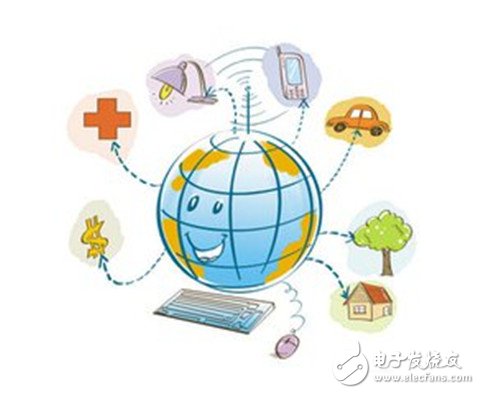This year, the same hot topic as the 5G is the cellular Internet of Things NB-IoT, which can be seen from the recent 2016 Beijing Communication Exhibition. At present, IoT terminals accessing the carrier network account for less than 6%. Telecom operators expect to use NB-IoT to realize the access of massive IoT terminals and drive the commercial “blue ocean†of cellular IoT applications. NB-IoT technology and applications are full of eager anticipation.

This provides greater opportunities for ZTE Microelectronics' upstream companies in the ICT industry chain.
During the communication exhibition, Zhou Jin, Marketing Director of ZTE Microelectronics Mobile Phone Chip Planning Department, introduced the achievements of ZTE Microelectronics in the 4G data terminal market during the interview of “Communication Worldâ€, and highlighted the market opportunities of NB-IoT and ZTE Microelectronics. Product planning.
At present, ZTE Microelectronics has mastered large-scale deep sub-micron digital integrated circuit design, SOC design, analog and digital-analog hybrid integrated circuit design and other technologies. In the 4G field, ZTE Microelectronics LTE chips have experienced three major stages: from scratch (ZX297500), scale field (ZX297502) to the current mass commercial 28nm LTE multimode chip (ZX297510/ZX297520), in data products such as data cards. , MIFI, routers, tablets, industry terminals and other products successfully commercialized.
Currently, the 4G data card chip that ZTE Microelectronics mainly pushes is the ZX297510 solution and the ZX297520 solution. The 7510 supporting 4 frequency 18 mode has occupied more than 50% market share in the domestic CPE market. The 7520 platform is a cost-effective platform. In addition to supporting the domestic mobile and China Unicom market, it is widely recognized in Brazil, Southeast Asian countries and Russia.
For the Internet of Things market, Zhou Jin said that the current demand for IoT is multifaceted. It cannot be focused on NB-IoT alone. The market demand for high-speed and low-speed products needs different chips to meet. “In terms of high-speed, there are many products using CAT3 and CAT4 in the industry. Some products of CAT6 products have also achieved commercialization, but the shipment volume is not large. However, with the demand for security, advertising, transportation and other business needs. The demand for CAT6 and even CAT12 will gradually increase."
In terms of low speed, NB-IoT has implemented pilot projects such as smart meter reading, ecological agriculture, smart parking, intelligent community and intelligent buildings. The corresponding products of ZTE Microelectronics have also accelerated the market speed. In June of this year, ZTE Microelectronics and China Mobile opened the signaling process of the base station to the NB-IoT terminal. In September, the NB-IoT prototype chip was released. In 2017, the NB-IoT commercial chip Wisefone 7100 is planned to be released in the second quarter.
Zhou Jin specifically mentioned that there is still a technology worth paying attention to in the field of Internet of Things, namely CAT-M technology. CAT-M technology will focus more on mobility support, support voice, and can meet logistics monitoring, elderly or child monitoring. Demand. At present, operators such as ATT and Verizon in the United States attach great importance to CAT-M, and Chinese operators are also piloting the technology. ZTE Microelectronics has completed the pre-research of the agreement and can cooperate with the agreement, sample test and final commercial use according to the Chinese operator construction plan.
Maskking(Shenzhen) Technology CO., LTD , https://www.szelectroniccigarette.com